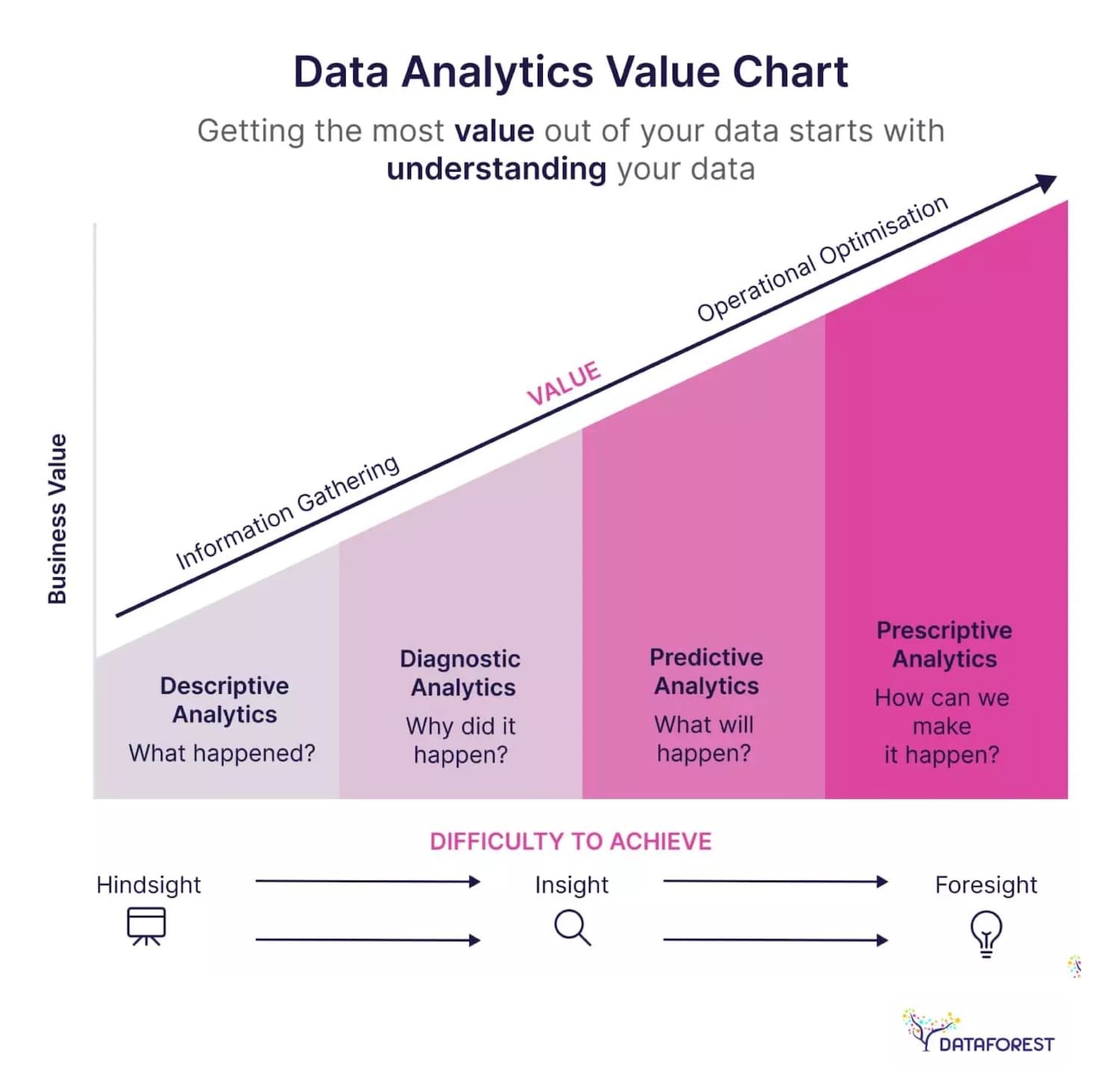Sustainable Design Patterns For UX Designers
Practical techniques to reduce waste, improve focus on what matters and declutter what doesn’t.
Digital sustainability is often seen as a technical concern for engineers. We speak about optimization of assets, and web performance, and server efficiency. In fact, we rarely explore sustainability from the perspective of design and UX. But what if we did?
Let’s explore a few practical techniques to reduce waste, focus on what matters and declutter what doesn’t — that you can apply to your work right away.

Design For Sustainability Checklist, a helpful reminder, put together by the IBM team. Large view.
The Actual Cost Of Digital #
Digital is extraordinarily material- and waste-intense. This doesn’t come through usage, but rather through mining and manufacturing of materials that go into devices.
On average, a modern smartphone has 60–70 materials. These materials have to be mined and delivered and processed and pieced together. In fact, for a new phone to be produced, manufacturing requires 60kg of CO2, 300kg of mined toxic waste and approx. 14.000L of water.
For comparison, a new laptop costs around 300kg of CO2, 1.200kg of waste and 190.000L of water. Summing up the cost of digital together, we produce 100 billions tons of waste per year. This makes for half a Mount Everest of toxic waste, yearly.
We put our hopes in efficiency over time, yet in the past efficiency has never reduced consumption, but rather increased it. In fact, despite efficiency, data storage grows 28% annually, at the peak today, yet 90% of it is never used.
Sustainable Design Patterns #
How do we address it with our work? Well, most of our environmental impact happens on our user’s devices. So we can help our users by reducing waste and focusing on what matters:
✅ Always choose the lightest mode of communication.
✅ Encourage the reuse of existing templates and presets.
✅ Auto-delete after 365 days what hasn’t been used once.
✅ Discourage users from PDF exports in favor of URLs.
✅ Always provide audio-only/transcript for videos.
✅ Be intentional with default settings for your users.
✅ Highlight key insights to create understanding faster.
✅ Skip unnecessary pages: drive users to results faster.
✅ Establish an archiving and deletion policy.
✅ Show filters/presets in autocomplete, not just keywords.
✅ Nudge users to delete old files for 10% off that month.
✅ Encourage and reward users for trying out dark mode.
✅ Aim to reduce session duration instead of increasing it.
✅ Question font weights, stock photos, parallax, 4K-videos.
✅ Question collected data, if it’s used and when it’s deleted.
Sustainable UX Toolkits #
As designers, we often are left wondering how to integrate sustainable design practices into our design work. The repository on Sustainable UX Toolkits and Resources provides useful pointers on how to make sustainability default throughout the entire product design process — from strategy and discovery to UI design and testing.

Repository of sustainable UX resources — from strategy to implementation. Kindly put together by the SUX network.
It includes toolkits, Figma templates, books, case studies, articles and events on sustainable UX — a wonderful growing repository to make big and small gains to align our work with sustainable design practices. One for the bookmarks!
Digital Is Physical and Material #
As Gerry McGovern says, digital is intensely physical and material. It has a severe cost of cooling, mining, water use and toxic waste. So optimize relentlessly. Help people get things done faster.
Individual actions drive changes at scale, but they need a momentum. And often that momentum comes through small changes: new default settings, reduced time on task, or showing key insights, rather than all data. That’s also just good usability that can have tangible impact for users and businesses.
Most importantly: whenever possible, hold on to your devices as long as possible, and encourage your customers to do the same. And if a meeting helps you reduce wasteful work done by 20 people, it’s the time worth taking.
Useful Resources #
- Sustainable Web Design Patterns
- Sustainable Product Design (+ Template), by Artiom Dashinsky
- Getting Started With Sustainability, by Michelle Barker
- Sustainable UX, by Thorsten Jonas, SUX
- Sustainable Design Toolkits And Frameworks, by Cosima Mielke, Geoff Graham
- Design For Sustainability Checklist, by IBM
- Sustainable Toolkits For UX Designers, by yours truly
You can find more details on UX and usability in Smart Interface Design Patterns 🍣 — with a live UX training that’s coming up in 2024. Use the code PUMPKIN to save 15% today. Free preview.



